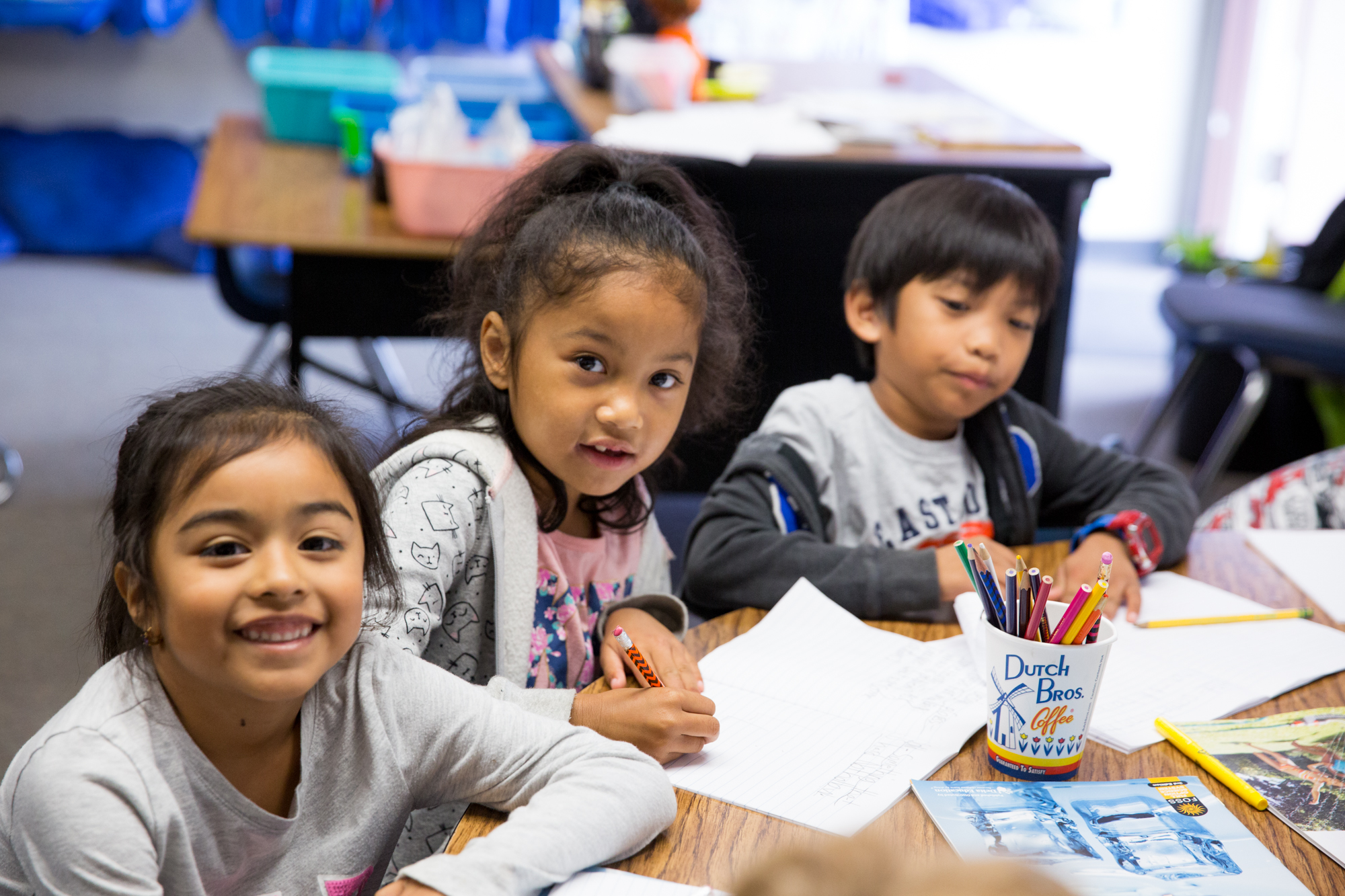By Jason Atwood, Director, NewSchools Venture Fund
As schools unveil their reopening plans for the fall, the need to address student and educator mental health and wellbeing must take priority, even before concerns about getting students caught up academically. Students will have a harder time learning and teachers will not be as effective if schools don’t tend to the trauma and stress that many of them lived through this past year. Here are three ways that your school can support students and educators when they return to school.
Focus on school culture before academics
At NewSchools, I lead our impact measurement efforts and partner with researchers to spark discoveries about the science of learning, the implementation of educational innovation, and the advancement of our expanded definition of student success framework. One of the key questions we continue to investigate is what drives positive student outcomes in the schools that we fund and support. Our veteran school leaders often tell us that school culture is the most important element to get right and to do first — and they’re right. Our most recent insights brief offers four lessons that educators can use to accelerate student learning by focusing on specific school culture factors and social-emotional competencies.
“Our veteran school leaders often tell us that school culture is the most important element to get right and to do first — and they’re right.”
What we’ve discovered is that students learn more when they feel physically and emotionally safe, believe their abilities and skills can grow with effort, and know how to manage their stress and emotions. In other words, if you want students to learn, focus first on creating a safe learning environment and developing children’s social-emotional skills. During the pandemic, we observed similar dynamics play out across our national portfolio of K-12 schools. Even though students and teachers were operating in remote and hybrid environments last fall, students responding to a school culture survey said they continued to feel supported and motivated by their teachers. For us, it was an unexpected, but inspiring finding at a time when the dominant narrative has been about learning loss and other student setbacks.
Center students’ and educators’ identities and humanity
When the new school year starts, teachers and students should have valuable opportunities to form rich relationships. Schools should prioritize socialization and conversations that build trust and community and promote healing. They should strive to center students’ and educators’ identities and humanity. A conversation that simply starts with How are you — really? can help a child open up about their biggest hopes and fears. With this information, teachers can design more relevant and meaningful learning experiences that help students find joy and connect to their purpose in school.
Watch this video to hear concrete examples of how schools are supporting teachers and students to find healing and meaning at this critical juncture.
Invest in educator and staff wellness
Like students, educators have been through a lot this past year. They were asked to quickly shift to a new way of working and keep students engaged even as they were dealing with disruption in their own lives. Schools must chart a new way forward and make the job of educators and staff more sustainable by prioritizing and investing in their wellness. Teachers who know how to manage their own stress and emotions can cultivate the same skills in students. They also are more effective in the classroom and remain in the profession longer. Kelly Knoche, the founder of The Teaching Well, invites the leaders and educators she works with to practice skills that promote healing and connect them to their purpose. Investing in the long-term wellness and mental health of teachers and staff should be a top priority for schools reopening in the fall
Students and teachers have faced extraordinary stress and trauma in the past year. The need to see them as whole people and support them emotionally is more urgent than ever. This is perhaps one of the most important ways in which school cannot go back to the “old normal.” By making school culture and social emotional competencies priorities at the start of the year, schools can fundamentally improve outcomes for students and educators.
